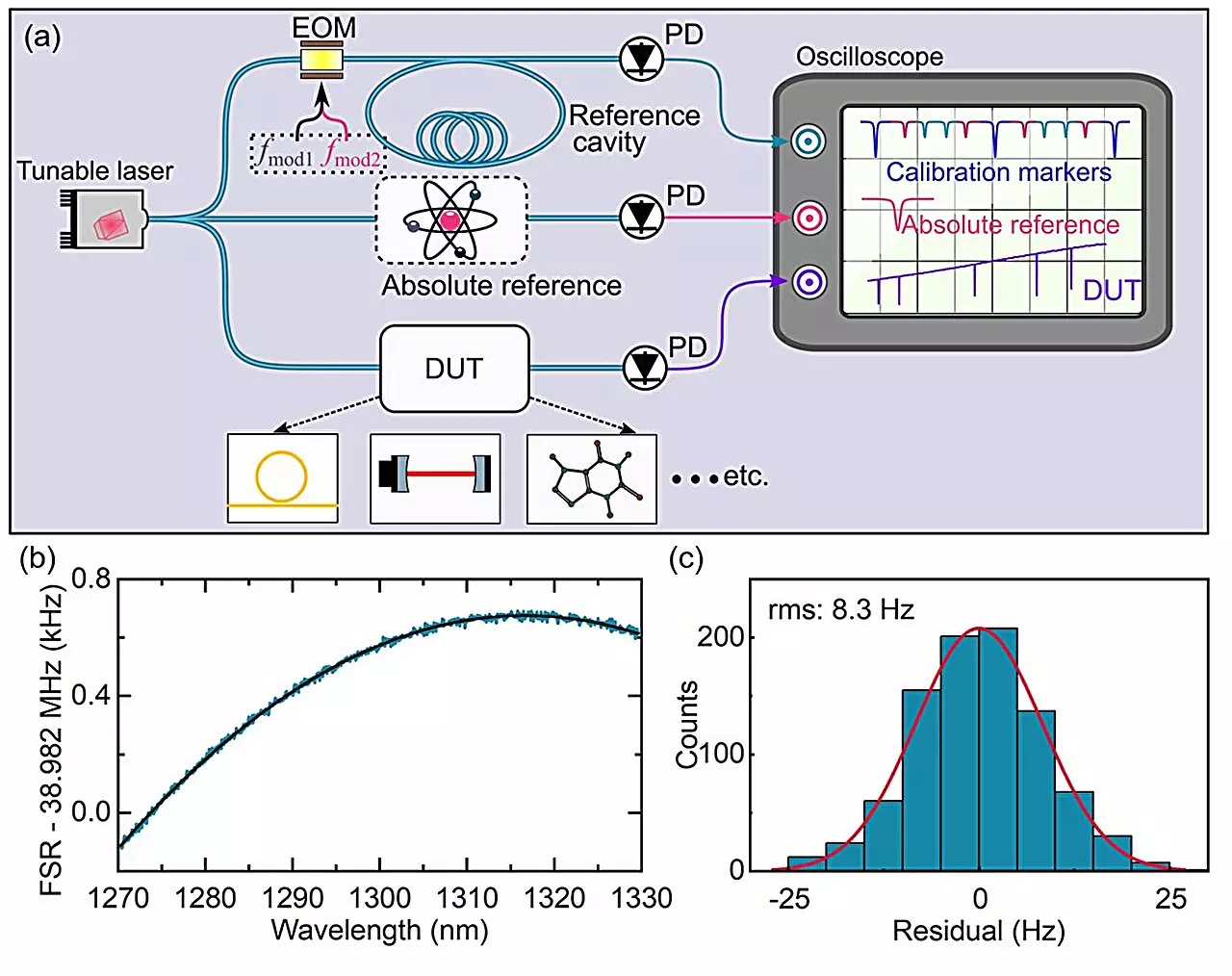Laser spectroscopy has undergone tremendous evolution since its inception in the 1960s. One of the most significant facets of its development has been the technological advancements that have compounded its versatility and application across various scientific fields. By dissecting the innovations in laser spectroscopic techniques, insights into the duality of frequency combs versus tunable continuous-wave laser systems emerge, shedding light on the current state and future potential of this indispensable analytical tool.
At its core, laser spectroscopy is a method utilized to discern the intricate structural and dynamic characteristics of atomic and molecular entities. The introduction of lasers has generated a profound impact on this area of study, enabling astronomers, chemists, and physicists to investigate material properties with unparalleled accuracy. This leads to a comprehensive understanding of interactions at a molecular level, critical for applications such as quantum computing, environmental monitoring, and even medical diagnostics.
Two prevalent methodologies dominate the realm of laser spectroscopy: frequency comb-based laser spectroscopy and tunable continuous-wave (CW) laser spectroscopy. Frequency combs have revolutionized the field by facilitating extraordinary frequency measurements, achieving accuracy levels that extend to 18 digits. This culminated in the prestigious Nobel Prize in Physics in 2005, commemorating the innovative potential of frequency combs in developing optical clocks and exploring fundamental queries like dark matter.
Despite their remarkable capabilities, frequency combs present specific challenges. For instance, while they enable high-resolution spectral analysis, they also exhibit a low power output per comb mode, which can complicate the detection of trace gas spectrographic features. Furthermore, maintaining long-term coherence in frequency comb systems often necessitates advanced stabilization solutions, which may hinder practical applications in less controlled environments.
On the other hand, tunable continuous-wave lasers provide their own unique merits—boasting high photon flux, elongated interaction paths, and rapid frequency versatility. These traits render CW lasers adept for situations requiring heightened photon density, such as sensitive molecular spectroscopy and LIDAR technologies. However, they are not impervious to challenges, as fluctuations in frequency scan speed can compromise measurement accuracy. To mitigate this, researchers have devised several solutions, including interferometric techniques and single-sideband modulation.
Recently, researchers at the Max Planck Institute for the Science of Light unveiled an exciting advancement in laser spectroscopy employing a tunable laser system. Published in *Advanced Photonics*, this novel method boasts an impressive Hz-level precision for broadband spectroscopy. By engineering an on-the-fly calibration approach through a fiber cavity and dual radio frequency (RF) modulation, this technique remarkably tracks the sweeping laser’s frequency in real time. As a result, researchers can now measure optical frequency distances between spectral features with unmatched precision, a significant hereos to contemporary spectroscopy practices.
The researchers demonstrated that with this innovative method, they could assess minute deviations within the free spectral range of a fiber loop cavity over an unprecedented 11-THz frequency range, achieving sub-10-Hz precision—an astounding advancement when juxtaposed against existing methods in tunable laser spectroscopy. Furthermore, the speed of measurement reached 1 THz/s, constrained only by the reference cavity’s linewidth.
What sets this technique apart is its comprehensive balance of optical probe power, spectral flatness, and polarization stability, branding it an attractive alternative to frequency comb methods. Not only does it lend itself to applications in integrated photonic devices, such as microresonators, but it also proficiently measures molecular absorption spectra, yielding precision that is two orders of magnitude superior to previously established techniques.
The implications of this breakthrough are vast. The simplicity and robustness of the newly developed method position it as a viable option for utilization in challenging environments. Its compatibility with a range of applications—from LIDAR systems and 3D imaging to open-path trace gas sensing—underscores its versatility. Additionally, this approach holds promise for the calibration of astrophysical spectrometers, bringing unprecedented levels of measurement integrity to the cosmos.
Laser spectroscopy stands at an intriguing juncture propelled by technological advancements. As researchers like those from the Max Planck Institute push the boundaries of what’s possible, a new chapter unfolds—one characterized by unprecedented precision and a myriad of applications that could reshape scientific inquiry in the years to come. This exponential growth not only enhances fundamental research but also integrates seamlessly into practical sectors, promising a future brimming with possibilities yet to be explored.


Leave a Reply